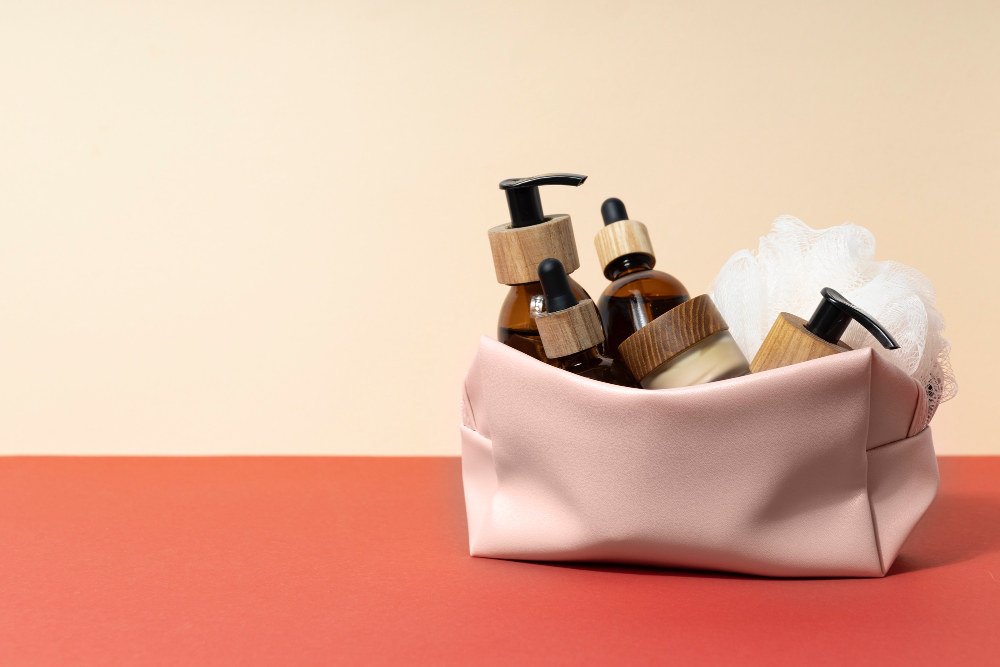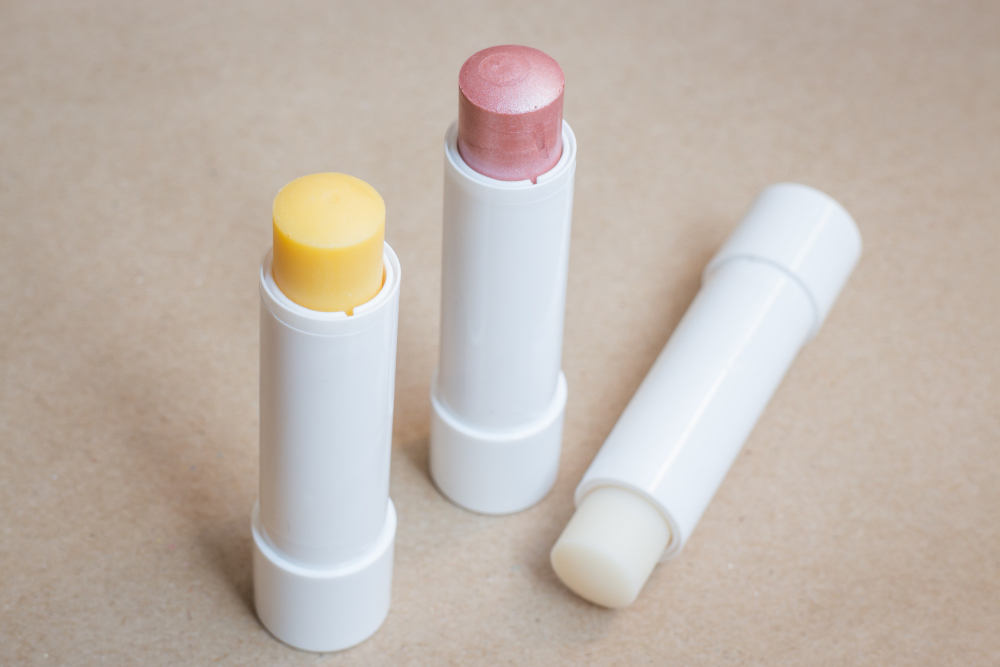When it comes to packaging, laminate tubes have become a preferred choice across multiple industries, including cosmetics, pharmaceuticals, and food products. Their versatility, durability, and aesthetic appeal make them an excellent option for brands looking to stand out while protecting their contents effectively. However, sourcing laminate tubes requires careful consideration of several key factors to ensure the packaging meets both business needs and consumer expectations. In this blog, we’ll explore the critical aspects of cost, customization, and quality that businesses should weigh when selecting laminate tubes for their products.
Understanding Laminate Tubes
Laminate tubes are flexible packaging solutions made from multiple layers of material, fused together to combine strength, flexibility, and barrier properties. These tubes can be constructed from various materials, such as aluminum, plastic films, and foil layers, each contributing to the tube’s protective and aesthetic qualities. The laminate structure offers superior barrier protection against oxygen, moisture, and contaminants, making them ideal for sensitive formulations.
1. Cost Considerations When Sourcing Laminate Tubes
Cost is a primary driver in any sourcing decision, and laminate tubes are no exception. The overall cost depends on several factors:
- Material Composition: The choice of materials used in laminate tubes significantly affects pricing. Tubes with more layers or premium materials like aluminum foil generally cost more than those made primarily from plastic films.
- Tube Size and Volume: Larger tubes require more raw materials, thereby increasing the cost. Additionally, order volumes impact price; higher quantities often come with volume discounts.
- Printing and Finishing: Custom graphics, multiple colors, metallic finishes add to production costs. Brands aiming for eye-catching designs need to balance aesthetics with budget constraints.
2. Customization Options for Laminate Tubes
Customization is a key advantage of laminate tubes, enabling brands to create unique packaging that aligns with their identity and appeals to target customers. Some factors to consider include:
- Materials: Custom laminate layering is possible to enhance barrier properties, flexibility, or environmental performance. Brands can request multilayer combinations tailored to the product’s sensitivity and usage conditions.
- Printing Techniques: Brands can opt for various printing methods including flexographic, rotogravure, or digital printing. Digital printing allows for quick turnaround and personalization, while rotogravure offers vibrant colors and intricate designs.
- Cap and Closure Options: The choice of caps or closures, such as flip-tops or screw caps, also affects tube customization and user experience.
3. Ensuring Quality in Laminate Tubes
Quality assurance is critical to protect product integrity and maintain brand reputation. When sourcing laminate tubes, the following quality factors are essential:
- Material Integrity: The laminate layers must be well-bonded without delamination risks, which can compromise barrier functions.
- Barrier Performance: Especially for sensitive products like cosmetics and pharmaceuticals, tubes must provide effective protection against oxygen, moisture, and light.
- Print Quality: High-resolution, consistent, and durable print finishes contribute to the product’s shelf appeal and provide essential regulatory information.
- Tube Consistency: Uniform tube wall thickness and weight ensure stable dispensing and customer satisfaction.
- Safety and Compliance: Laminates should comply with regional regulatory standards such as FDA approvals for food-grade packaging or cosmetic safety norms.
Balancing Cost, Customization, and Quality
While cost is often the initial focus, it’s crucial for brands to strike the right balance between budget, customization, and quality. Under-budgeting may lead to inferior laminate tubes that compromise product safety or consumer appeal, while over-budgeting can reduce competitiveness.
One way to achieve this balance is by working closely with reputable laminate tube suppliers who are transparent about material options, customization capabilities, and quality assurances. Suppliers with robust quality management systems, certifications, and a portfolio of successful projects can also provide valuable guidance.
Frequently Asked Questions (FAQ)
Q1: What are laminate tubes used for?
Laminate tubes are primarily used for packaging cosmetics, pharmaceuticals, personal care products, and even certain food items. Their multi-layer structure offers protection and gives brands design flexibility.
Q2: How do laminate tubes differ from traditional plastic tubes?
Laminate tubes have multiple layers including metal, plastic, and foil to provide superior barrier protection, whereas traditional plastic tubes usually offer basic moisture protection with less barrier robustness.
Q3: Can laminate tubes be customized?
Yes, laminate tubes offer extensive customization in terms of size, shape, printing, materials, and closures to meet specific product and branding requirements.
Q4: Are laminate tubes recyclable?
The recyclability of laminate tubes depends on the materials used. Tubes with multiple mixed layers can be challenging to recycle, but some manufacturers are developing eco-friendly laminate options to improve sustainability.
Q5: What factors influence the cost of laminate tubes?
Material choice, tube size, printing complexity, order quantity, and supplier location are the main cost drivers.
Conclusion
Sourcing laminate tubes involves balancing cost, customization, and quality to deliver packaging that protects the product and enhances brand appeal. By selecting the right materials, working with experienced suppliers, and considering your product’s unique needs, you can make informed decisions that optimize packaging performance and customer satisfaction.









.svg)
